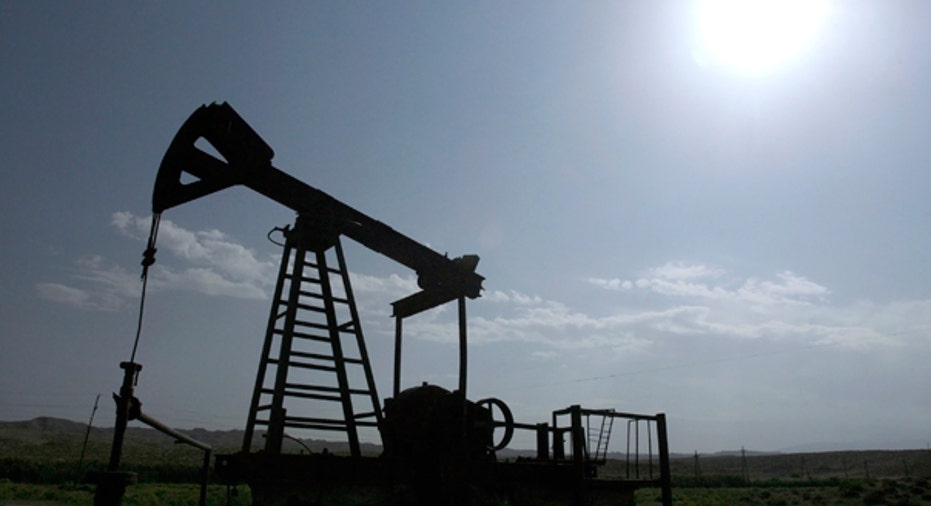Three Years of Gains: Oil Prices Surged in 2011

Oil prices ended 2011 up 13 percent as a fresh wave of supply concerns capped a year of unrest and disruptions in North Africa and the Middle East that overwhelmed concerns about the economic health of large consuming nations.
Iran's recent threats to shut the Strait of Hormuz, a vital oil shipping chokepoint, added another geopolitical threat to markets gripped throughout the year by the unrest of the Arab Spring, most notably shutting exports from OPEC-member Libya.
The supply problems helped lift the price of global benchmark Brent crude by 13.3 percent on the year to average nearly $111 a barrel for 2011, eclipsing the previous annual record of nearly $100 struck in 2008 and marking the third year of annual gains.
"(The 2011 price gains) belied an extremely volatile pricing environment that saw (U.S.) values drop to as low as $75 in early October after advancing to around $115 in early May," Jim Ritterbusch, president at Ritterbusch & Associates said in a note.
U.S. crude prices rose 8.2 percent from the close of 2010, outperforming most other commodities tracked in the 19 commodities tracked on the Thomson Reuters-Jefferies CRB index that fell on the year. The average price for the year was about $95 a barrel.
Market players said the factors that helped capped price gains in 2011 could continue into the new year.
"While a (2012) test of the $75 level might appear out of reach in view of a variety of geopolitical uncertainties, we feel that global contagion off of a weakening euro zone will be providing significant bearish impetus," Ritterbusch added.
U.S. heating oil futures were the top performer on the index, gathering strength from rising U.S. exports and the impending closure of three of Petroplus' five European refineries after lenders froze its credit lines this week.
Heating oil gained over 15 percent in 2011, while U.S. RBOB gasoline futures rose by more than 9 percent.
On Friday, Brent February crude fell 63 cents to $107.38 a barrel, having swung from $106.62 to $108.25 in light holiday trade, weighed down by ongoing concerns about Europe's debt crisis and slowing Chinese factories.
U.S. February crude fell 82 cents to settle at $98.83 a barrel, having swung from $98.61 to $100.16.
Trading was choppy on Friday and pressure came from data from the HSBC Purchasing Manager's Index showing factory activity in No. 2 oil consumer China shrank again in December as demand at home and abroad slackened.
"Weak Chinese data gave oil some pressure, but (U.S.) prices are still in the $95-$100 area so the market needs to see continuing U.S. economic growth and whether or not Europe can resolve its debt problems," said Gene McGillian, analyst at Tradition Energy in Stamford Connecticut.
The market was also closely eyeing news Iran plans to fire long-range missiles during a naval drill in the Gulf on Saturday. Tehran has threatened to close the Strait of Hormuz, through which more than a third of daily seaborne crude shipments pass, if the West imposes sanctions on its oil exports.
The premium of Brent crude to U.S. futures held above $8 a barrel in post-settlement trading on Friday, after blowing out to $28 a barrel in October. The resumption of Libyan exports has helped narrow the spread along expectations new pipeline plans will ease a glut of crude in the U.S. Midwest that has weighed on U.S. futures.
Speculators hiked their net long positions in U.S. crude oil futures and options positions in the week to Dec. 27, data from the U.S. Commodity Futures Trading Commission showed.